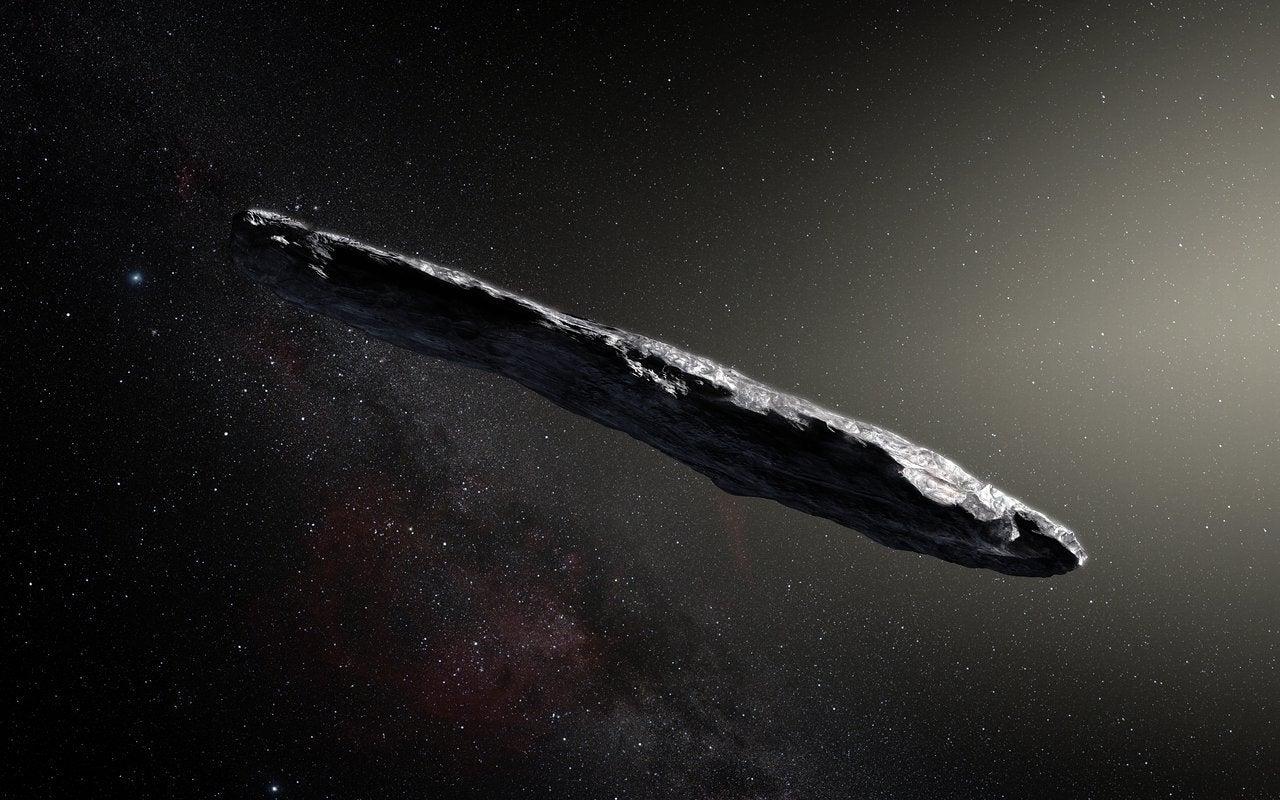
In an incredible feat, Harvard Professor Avi Loeb announced that he was able to retrieve the minuscule remnants of an unidentified space object that crashed into the Pacific Ocean over a decade ago, believing that they are proof of an advanced alien civilization.
Loeb and his colleagues went on a ‘historic expedition’ and managed to capture 50 minuscule particle spherules that look like dust specs and weigh 35mg. The particles were collected off Papua New Guinea’s coast. Loeb claimed to have witnessed a “runaway fireball” in 2014 that erupted in the lower atmosphere before falling into the ocean.
The strange object, dubbed “IM1,” “is actually tougher and has material strength that is higher than all the space rocks that were cut along by NASA,” said Professor Loeb from the expedition boat.
This could be the first time humans put their hands on interstellar material
“Given IM1’s high speed and anomalous material strength, its source must have been a natural environment different from the solar system, or an extraterrestrial technological civilization,” he added. The researcher stated that the particles they found were “perfectly round.”
He added that after examining the things under a microscope, “the objects appear to look like molten raindrops,” which he compared to blood droplets.
“My daughter asked me if she could put one on a necklace, but I told her, ‘It’s too small to thread,'” said Loeb. Prof Loeb and his team have been hoping to discover more about the origin of the object.
“This could be the first time humans put their hands on interstellar material. “This has never been done before. We never received a package at our doorstep from a cosmic neighbor,” he said.
Extraction of minuscule space elements from the ocean floor was a difficult task
Extraction of minuscule space elements from the ocean floor was a difficult task that Prof Loeb and his colleagues accomplished by utilizing powerful magnets and following the enigmatic object’s trajectory.
“The interpretation will be left to follow-up papers. “In response to the nay-sayers, we say nothing other than show our data in our first publication. One cannot argue with facts, only with interpretations,” Prof Loeb wrote in the latest of his 33 essays
The team will transport the particles back to the lab, where they will analyze their elemental and isotopic makeup and write a report based on the data acquired, which will be published in a study submitted to a peer-reviewed publication.
